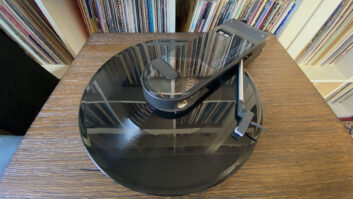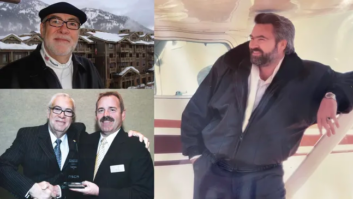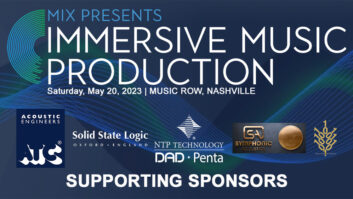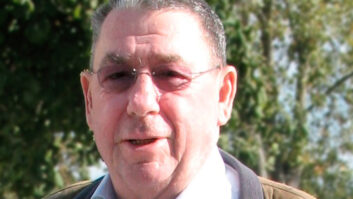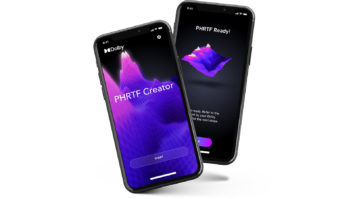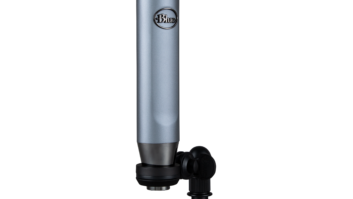The other day, I heard a radio ad about Wi-Fi G4 iBooks with Tiger and BlueTooth, and it occurred to me that very little in the commercial would have made any sense five — or even three — years ago. These days, technology changes at a startling pace. Fortunately, for us in audio, our rate of change is somewhat less breathtaking. The mics we purchased 30 years ago are still compatible with the latest consoles and preamps, though the market for vintage software is pretty limited.
Even with its 125-year tenure, audio history can be fleeting, and breakthroughs from a few years ago — whether PCM-1610s or MDMs — are soon forgotten. To recognize technologies that brought us here, the Mix Foundation began a TECnology Hall of Fame last year with entries ranging from the Edison cylinder to early digital systems. This year, the tradition continues with more innovations profiled on page 74. Some were individuals, others group efforts, but all share a pioneering spirit and a zeal for excellence.
One common thread is that the ideas were ahead of their time. When Harry Olson and Les Anderson developed the RCA Model 44 ribbon mic in 1931, they had no idea that 75 years later, those mics would still be in use. A similar case can be made for Gene Shank and Ollie Summerland’s Pultec EQP-1 equalizer in 1951. Sometimes, the product fades but the concept lives on. Nobody remembers ITI gear, but George Massenburg’s 1969 design for that first parametric EQ forever altered pro audio.
A single inventor or innovation can even move the course of music. Bob Moog’s Minimoog (1970) brought synthesis into mainstream studio sessions; Roger Linn’s drum machines ushered in a new era of music production; and Dave Smith’s (of Sequential Circuits) work in developing the MIDI spec changed everything. Speaking of standards, Georg Neumann’s 1966 creation of phantom power made an engineer’s life easier.
Technology often exhibits the domino effect — one idea leads to another. In 1913, Edwin Armstrong developed amplifier and oscillator circuits for Lee De Forest’s triode tube, and his later superheterodyne circuits took radio to new heights. With the arrival of improved mics, live radio outpaced the quality of 78 records that were acoustically recorded using horns. In 1925, the electrical recording process (records cut using mics and amps to drive cutter heads) doubled a disc’s frequency response and marked the birth of modern recording. The technology was adapted to talking films, where a need for high-SPL theater playback led to the development of P.A. systems and the creation of another industry.
Dolby Stereo optical theater sound was a 1976 revolution that continues to this day. Not only did it bring improved multichannel audio to every local bijou, but within a few years, virtually all movies were released in Dolby Stereo, creating consumer demand for better sound and a legacy of surround releases that fueled the home theater movement.
Who are the next audio pioneers? A good place to start looking would be at next month’s AES show in New York, where on the show floor, in the papers presentations or in after-hours conversations at the hotel bar, innovations abound.
See you there!
